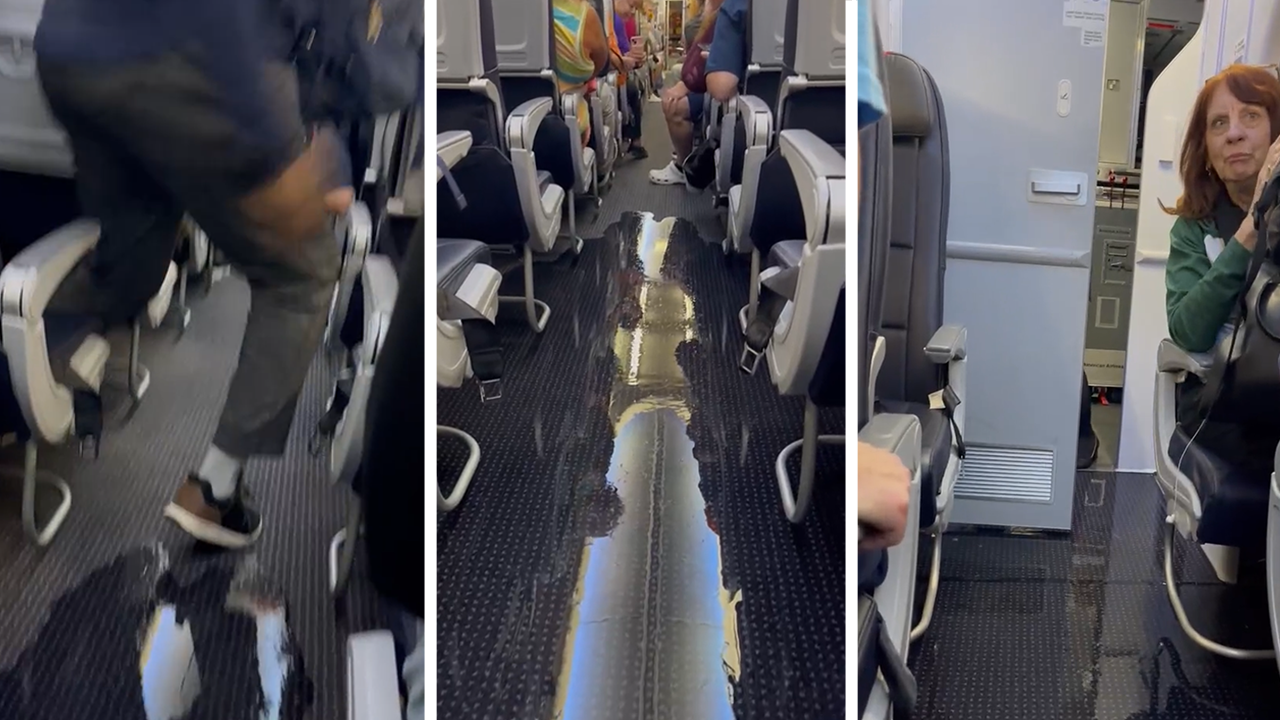The United States will welcome 90 million visitors by 2026, as highlighted by State Department Secretary Antony Blinken and Commerce Secretary Gina Raimondo.
This revelation accompanies the remarkable issuance of 8.5 million visitors’ visas, part of a total of 11.5 million visas distributed in FY 2024.
In a positive turn, the State Department reports that visa wait times have plummeted by nearly 60%.
The timing of this announcement is particularly poignant, as excitement builds for the 2026 FIFA World Cup and the 2028 Olympics in Los Angeles. These monumental events promise to attract sports enthusiasts from every corner of the globe.
“We’re doing everything we can to ramp up our capacity to make sure that everyone who’s coming to this country for these incredible events, as well as for so much else, get their visas in a timely way and a smooth way,” Secretary Blinken disclosed during a press conference on Tuesday.
Meanwhile, Secretary Raimondo remarked that they are optimistic about the restoration of the travel industry, predicting a full recovery from the lingering shadows of the COVID pandemic by next year.

“Travel and tourism isn’t just fun. It’s real business, representing an intricate web of economic activity that underpins millions of solid-paying jobs throughout this nation,” Raimondo emphasized.
Currently, the travel and tourism sector sustains almost 10 million American jobs, generating an impressive $2.3 trillion in economic activity, according to data from the Department of Commerce. Each traveler represents more than an individual; they are the lifeblood of local businesses, from bustling urban restaurants like Katz’s Delicatessen in New York to charming coastal inns in California.
Officials noted that “the demand for a U.S. visa is at an all-time high.” They are committed to evolving and innovating to meet the needs of visitors eager to explore the land of opportunity. The expectation is that each visa granted not only opens a door to the United States but also encourages rich cultural exchanges and economic interactions.




































